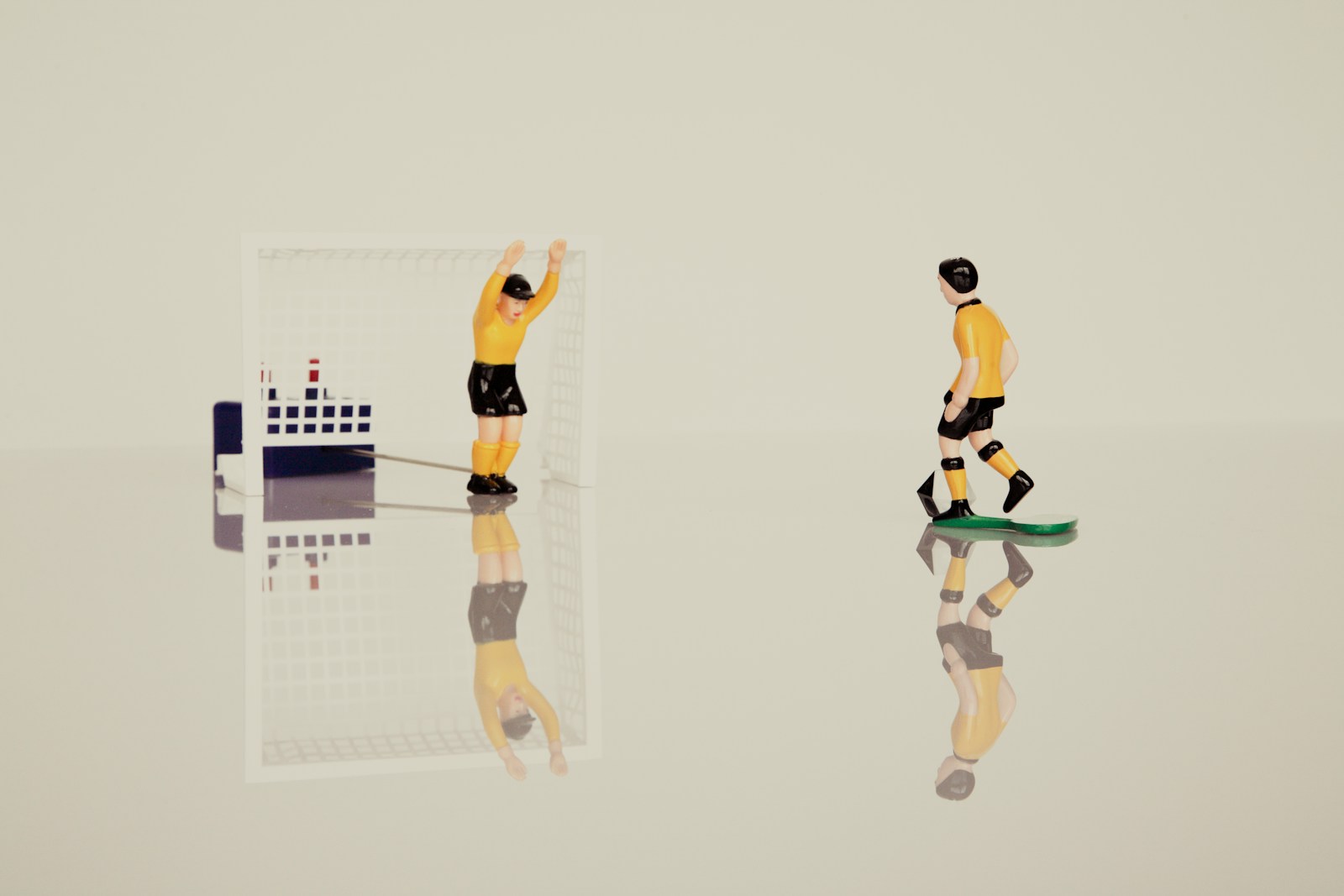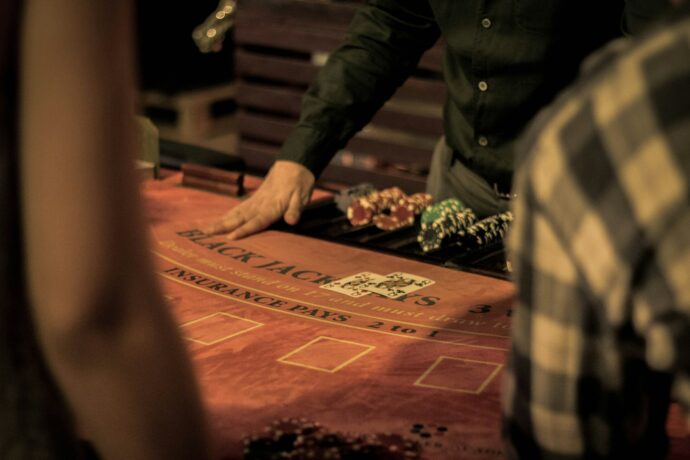
Youth athletes today face a unique challenge — short attention spans, digital distractions, and rising pressure to perform. For coaches and trainers, finding ways to keep young players engaged in training can be as important as the training itself. One approach gaining traction across sports is gamified training, where drills are designed to feel like competitions, games, or challenges — and the results speak for themselves.
What Is Gamified Training?
Gamified training takes traditional exercises and adds competition, scoring, and variation to make the activity feel more like a game than a chore. Whether it’s tracking reps on a leaderboard or turning speed drills into team-based relays, the core idea is to make the experience fun, immersive, and reward-driven.
The brain naturally responds to these elements. When athletes are motivated by performance metrics, rewards, or peer competition, engagement increases, and so does performance. That’s part of the same psychology behind platforms like Highroller, the performance-driven and rewarding online gaming platform, where users stay immersed through progressive goals, achievements, and skill-based interaction.
Gamified training borrows this same structure: clear objectives, feedback, and personal progress tracking.
Why Youth Athletes Respond to Game-Like Training
Youth athletes thrive on stimulation. They’re digital natives — familiar with apps, fast feedback, and reward loops. Traditional drills can feel monotonous or disconnected from real play, leading to a loss of focus. Gamified drills keep athletes engaged because:
- They’re goal-driven – Athletes know what success looks like and try to beat their previous results
- They’re fun – The competitive element creates excitement
- They’re social – Many game-based drills are team-oriented, which builds camaraderie
- They mimic real-play pressure – Competing in drills builds fast-thinking and situational awareness
In short, gamified training replicates the cognitive and physical intensity of live gameplay in a controlled environment — a win for both coaches and athletes.
Practical Examples of Gamified Drills
1. Sprint Ladder Challenges
Athletes compete to complete a series of cone sprints in the shortest time. Progress is tracked weekly, and each player is ranked — either against peers or personal bests.
2. Reaction Light Drills
Using light or sound stimuli, players must respond with speed and accuracy. These types of drills improve agility and cognitive reaction time, a major component in team sports.
3. King of the Court (Small-Sided Games)
In sports like soccer or basketball, short-sided games with rotating winners create continuous motion, pressure, and intensity. Players stay mentally and physically active while enjoying the thrill of competition.
4. Skill Station Tournaments
Set up multiple stations focusing on different athletic skills (e.g., vertical jump, shuttle run, power throws). Athletes earn points at each station and compete for a daily high score.
Gamified training doesn’t require technology or elaborate setups. With the right structure and scoring system, almost any drill can become a game.
The Science Behind Competition and Learning
Studies have shown that competitive elements in training lead to higher retention, faster learning, and better execution under pressure. According to Sport for Life Canada, age-appropriate competition helps athletes develop not just physically but also socially and emotionally, enhancing resilience and team cohesion.
Gamification supports the long-term athlete development model by making early training phases enjoyable and habit-forming. When athletes associate fun and progress with hard work, they’re more likely to stay involved and committed.
Tips for Coaches: Implementing Gamified Training Successfully
- Start simple: Begin with basic scorekeeping or timed drills
- Track progress: Let athletes see their improvements over time
- Change it up: Keep drills varied to prevent boredom
- Encourage self-competition: Athletes don’t always need to compete against others — personal records are just as motivating
- Balance fun and form: Never sacrifice proper technique for speed or excitement
Most importantly, coaches should emphasize effort and improvement over winning. The point of gamified training is to encourage development and motivation, not create pressure.
Final Thoughts
Gamified training is more than just a trend — it’s an evolving approach that helps youth athletes train with intensity, stay engaged, and learn faster. By introducing competition, structure, and purpose into regular drills, coaches create an environment where athletes look forward to practice.
Whether it’s a cone relay, a team challenge, or a reaction-based test, adding a game element taps into what drives young athletes — the desire to play, compete, and grow.



